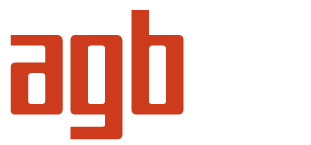NSW and Victoria stage turf war in Australian racing
Friday 16th of August 2019

Please Login to view the full intel article
Australian racing is in the midst of one of the biggest changes in its long history as the nation's two biggest states – New South Wales and Victoria – wage what the media have dubbed a "turf war" and behind which lies two different approaches to...
Related articles
Latest News
Latest issue

PATA CEO sees slow recovery, but optimism for future
AGB Podcasts
Open in new windowView settings
Asia Gaming Brief is a news and intelligence service providing up to date market information for worldwide executives on relevant gaming issues in Asia.
Enquiries
Submit your EnquiryContact us
ASIA GAMING BRIEF
PO Box 1139, Macau SAR
Tel: +853 2871 7267
Fax: +853 2871 7264

